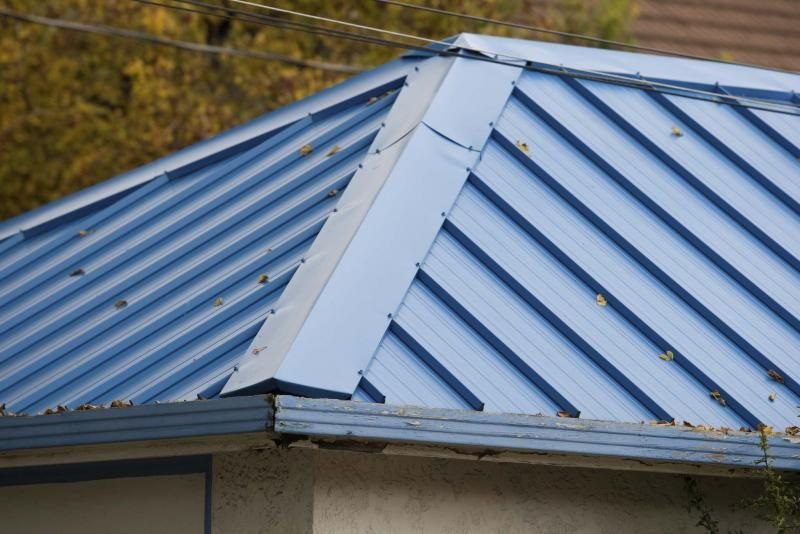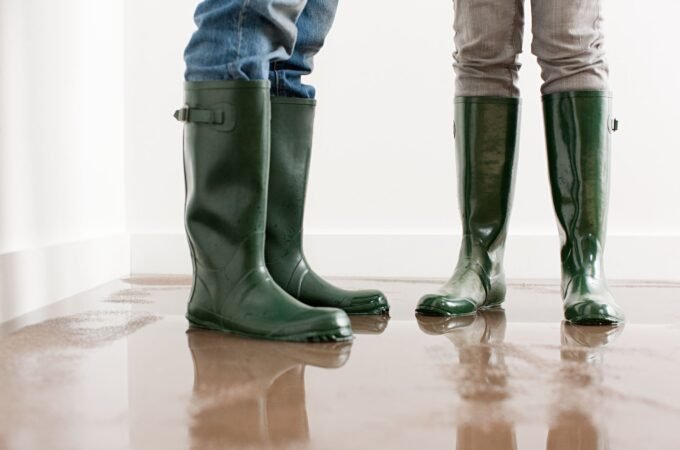
Flat Roofs: Some basic facts, details and features
Most roofs we see are sloped roofs, inclined at an angle from the horizontal. Flat roofs, as their name suggests, are roofs which are flat and almost level, in stark contrast to the sloped roofs. The pitch of a roof is its slope and for a flat roof, the permissible limit for a pitch is 10 degrees. Flat roofs are a common feature of places with warm and arid climates, and date all the way back to ancient history. They allow extra living or storage space on the roof, making them living or storage roofs respectively; sometimes both. They are also called “low slope roofs” are a common sight on commercial buildings around the world.
A low slope roof is defined by the National Roofing Contractors Association as a roof having a slope less than or equal to 3-in-12. Flat roofs are a characteristic of the Arabian, Persian or Egyptian styles of architecture. Each area has its own native materials it uses for making a flat roof, as per the climate requirements.
Materials used:
- In places with warm climates, masonry or simply concrete is used, partly due to the non-availability of timber.
- In the western world, flat roofs are traditionally made of tar or asphalt, with the application of felt paper to keep things watertight.
- Modern flat roofs make use of PVC, EPDM synthetic rubber, TPO, etc.
- Sometimes metals like copper, lead or tin are also used.
Developments:
- Protected Membrane Roofs (PMRs): Protected membrane roofing covers the waterproofing membrane from ultraviolet light, physical shock and thermal damage.
- Green Roofs: Green roofs have been around since the time of the Vikings, perhaps earlier, and they make the roof coverings more durable and decorative. They also provide protection from UV light.





